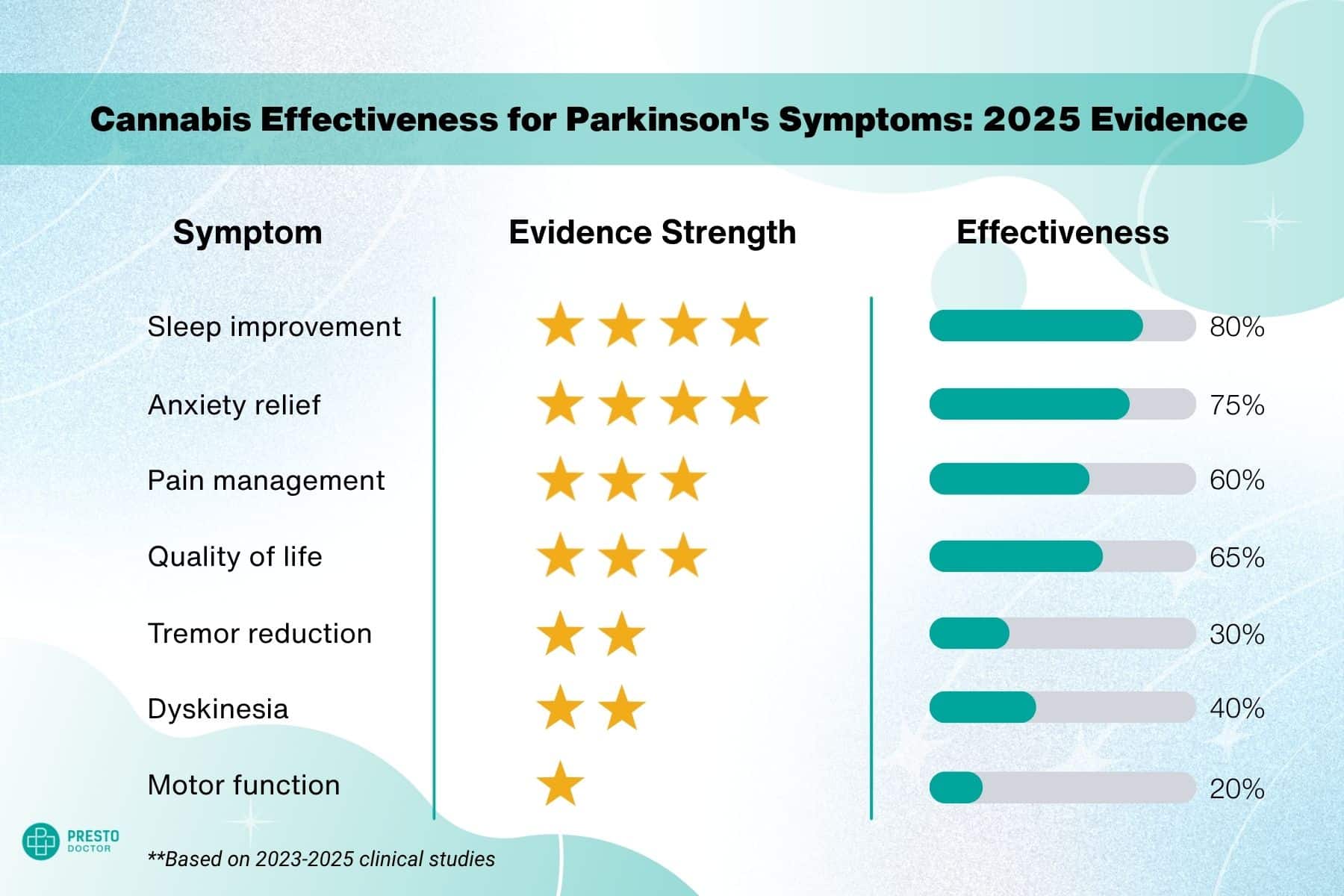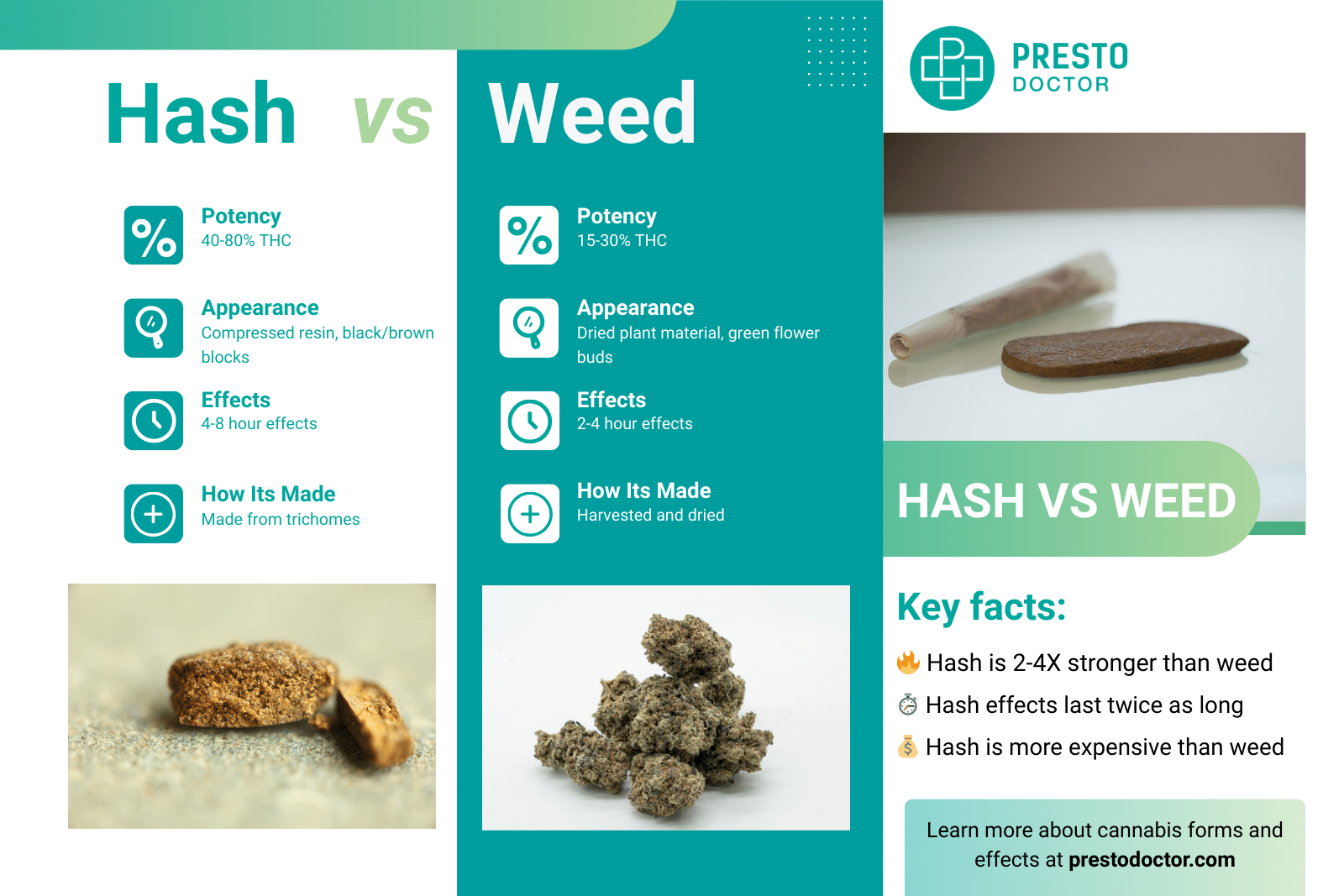
In the realm of medical research, every breakthrough holds the promise of changing lives. In recent times, the spotlight has turned towards a lesser-known compound derived from the cannabis plant – Cannabinol (CBN). While cannabis has long been a subject of interest for its potential therapeutic properties, CBN’s emergence marks a significant stride. Lately, CBN has been studied particularly in the treatment of neurological disorders like Alzheimer’s and Parkinson’s disease, showcasing its potential as a neuroprotective agent.
Study Sheds Light On Neuroprotective Capabilities
A pioneering study conducted by researchers at the Salk Institute has shed light on CBN’s remarkable neuroprotective capabilities. Their findings, detailed in the journal Redox Biology, not only underscore CBN’s ability to shield brain cells from age-related damage but also hint at the potential of chemically modified versions of CBN to be even more effective. This discovery presents a new frontier in the quest for treatments targeting traumatic brain injuries and neurodegenerative diseases, addressing a pressing need in the medical landscape.
Neurological disorders pose a significant challenge, especially with an aging population where their prevalence is on the rise. These conditions, characterized by the progressive deterioration of brain cells, often lead to debilitating cognitive and motor impairments. Current treatments are largely symptomatic, offering temporary relief without addressing the root cause of disease progression. Hence, there exists a critical demand for novel therapies capable of protecting brain cells and potentially reversing damage, where CBN’s neuroprotective properties hold promise.
CBN’s Neuroprotective Properties
Enter CBN, a compound that has emerged as a beacon of hope in this landscape. Unlike its more infamous counterpart THC, CBN showcases neuroprotective properties devoid of psychoactive effects. Previous research hinted at its ability to preserve mitochondrial function in brain cells. This is a pivotal aspect for cell survival and energy production. Mitochondrial dysfunction is a hallmark of many neurodegenerative diseases, often triggering cell death. By zeroing in on CBN and its derivatives, researchers aimed to develop pharmacological strategies that could thwart or mitigate the cellular mechanisms underlying neurodegeneration.
The journey towards harnessing CBN’s therapeutic potential began with dissecting its molecular structure to identify the most potent components. Through fragment-based drug discovery, researchers pinpointed key protective fragments within CBN. Subsequently, they synthesized four novel analogs, each designed to augment the neuroprotective attributes of the original compound. These derivatives were tailored to enhance brain penetration, expedite action, and bolster effectiveness in safeguarding against cell death.
The efficacy of these CBN derivatives underwent rigorous testing. They started with in vitro experiments using cultured nerve cells from both mice and humans. By inducing cell death processes akin to those observed in neurodegenerative diseases and applying the newly created analogs, researchers gauged their protective prowess against standard CBN. Encouragingly, these analogs showcased improved medicinal properties, setting a promising stage for further exploration.
Moving from cell cultures to a live model, researchers employed Drosophila fruit flies to evaluate neurological resilience and recovery. These flies, subjected to conditions mimicking traumatic brain injury, served as a cost-effective platform for assessing the effectiveness of CBN analogs. Among the derivatives, one analog, CP1, exhibited particularly robust protective effects, significantly enhancing survival rates post-injury.
Conclusion
The findings are promising, but cautious steps are crucial. More testing in advanced animal models is needed to confirm CBN derivatives’ effectiveness and safety before human trials. While cultured nerve cells and fruit fly models provide insights, comprehensive validation in higher-order animal models is essential.
Researchers aim to enhance CBN analogs’ chemical structures to better preserve cell health and counter age-related neuronal issues, focusing on understanding brain cell changes, especially in mitochondrial function. This pursuit aims to develop more effective treatments for neurodegenerative diseases, showcasing CBN’s journey from obscurity to a potential therapeutic solution, offering hope to millions with neurological disorders worldwide. Overall, CBN’s neuroprotective properties should not be overlooked.






